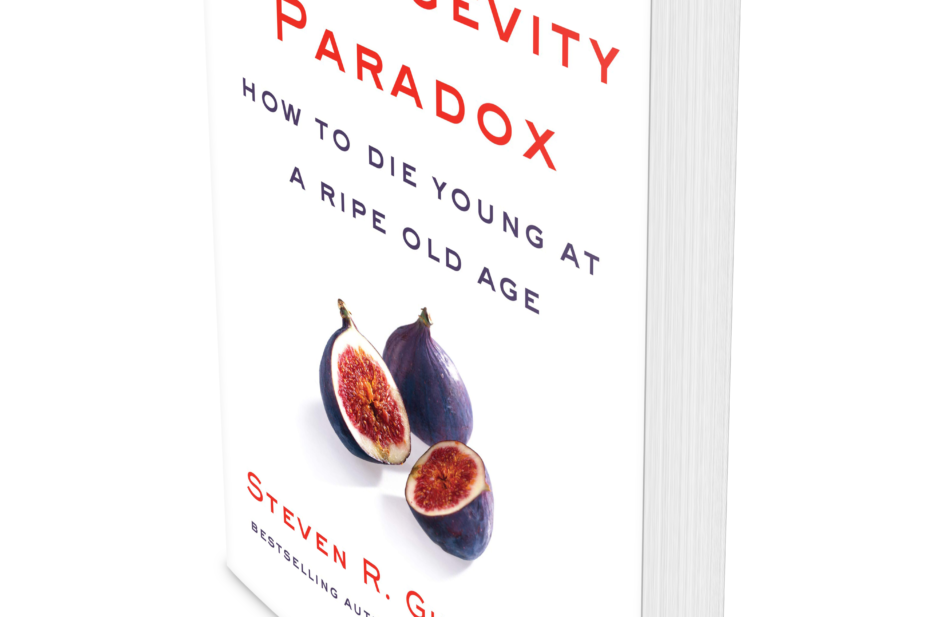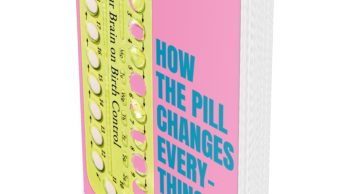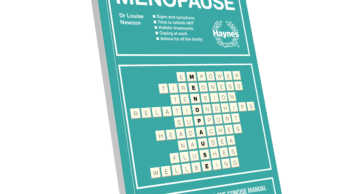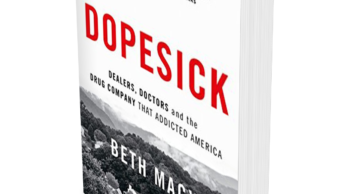
Most people want to live as long as they can and wish the know the secret to longevity, and former cardiac surgeon Steven Gundry’s The Longevity Solution suggests that it may have found it. Gundry’s previous book, The Plant Paradox
, was unimpressive and, unfortunately, this disappointing instalment is even more bewildering.
The book starts with a description of one of Gundry’s patients, a 106-year-old who looks around 65 years old. The author argues that it is not her genes that have allowed her to retain her youthful looks, but her gut bacteria. Since we are more microbe than man, the books argues that nourishing these organisms — the microbiome — is imperative to good health.
In The Plant Paradox, several of the references cited were either not relevant or did not support the point Gundry made. Sadly, this is still the case. For example, the book asserts that it is “holobiomes [the trillions of microbes in and on our bodies] and their genes that are making us age so quickly”; the cited reference relates to a prospective study that makes no mention of microbes. Furthermore, while there is increasing evidence for the importance of our gut microbes in health, a reference to support the statement “nutrient uptake depends on your microbiome” relates to nematodes, not humans. A book intending to provide sound nutritional and lifestyle advice should do better than to make reference to the effect of gut microbes in worms and extrapolating to humans.
Later chapters illustrate the eating strategies that should be adopted for longevity, including fasting and regular exercise — but not too much cardio because Gundry says it is “unhealthy”. In fact, the book claims that exercise can cure a wide range of health issues, including cardiovascular disease and even Alzheimer’s disease, as exercise can diversify the microbiome.
Gundry suggests avoidance of several foods that are often advocated as healthy, such as dairy, eggs and grains. While simple sugars from chocolate and sweets are undoubtedly unhealthy, Gundry goes further by advising against consumption of fruits such as grapes, mangoes, bananas and apples. Cruciferous vegetables (for example, cauliflower and broccoli) are still permitted foods, which is lucky considering his recommended regimen requires a vegan diet for five days per week.
The book continues with meal plans and recommendations about which supplements should be taken, as well as many different recipes. There are several permitted nutritional supplements, but as Gundry freely acknowledges, his company produces most of these products.
The title’s reference to a ‘paradox’ is still unclear by the end of the book. Despite this, the book offers some sensible suggestions about the foods that we should eat, although the suggestion that avoiding fruit, dairy, certain types of nuts and animal products is vital to good health is unconvincing.
With time and with more evidence clarifying the need for a healthy microbiome, we will come to appreciate the importance of nurturing our gut microbes. Gundry has first-hand anecdotal experience of improvements in his patients’ wellbeing after adoption of his dietary approach, but in the absence of supporting clinical evidence, his suggestion that altering the gut microbiome is a panacea for all ills is unconvincing.
Rod Tucker
References
Gundry S. The Longevity Paradox: How to die young at a ripe old age. Pp 442. Price £22.16. New York: Harper Collins Publishers; 2019. ISBN 9780062888174


